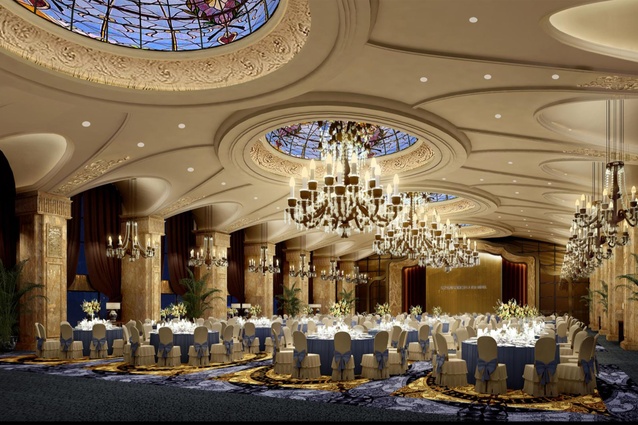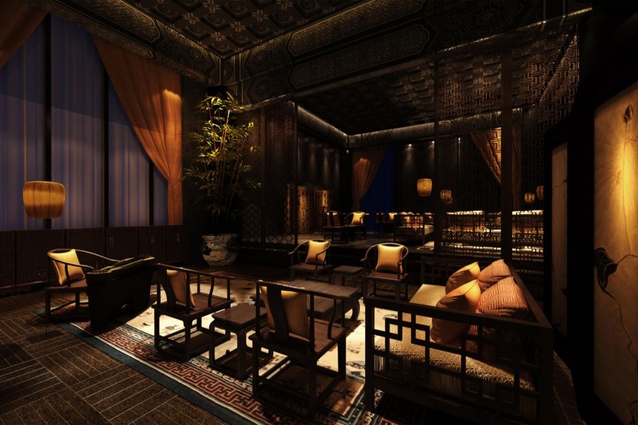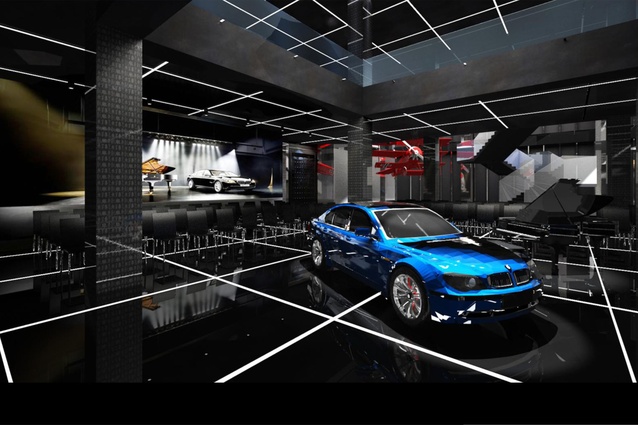Designer profile: Roger Billington
Roger Billington has covered a lot of ground during his career, geographically speaking. The British-born designer runs his self-titled firm in Shenzhen, China. Founded in 2000, Roger Billington Design now has offices in four Chinese cities and soon he will set up shop in Auckland. We chatted to Billington about his career to date, designing in China and his move to New Zealand.
ArchitectureNow: How did your firm, Roger Billington, come to be?
Roger Billington: I founded the firm straight after completing my studies at Stourbridge College of Art, England. Even if I was doing something else like working at design schools (Unitec in Auckland and the University of Canberra), I was still doing design work on the side.
My first project in China was in 2000 and the business officially opened in Shenzhen in 2008. Now, we also have offices in Qing Dao, Beijing, Chengdu and we’re hoping to open an office in Shanghai next year. I employ more than 30 staff in Shenzhen and less in each of the other cities. We specialise in commercial developments: workspaces, multi-branch retail developments (one client has 2700 branches), plazas and hospitality fit outs. I also run a very active intern programme. At the moment we have interns from Brazil, Poland, Germany, Korea, Australia, England, India, China, Spain and New Zealand.
ArchitectureNow: Why did you choose to set up shop in China?
RB: China is an obvious choice for any business that relies on clients with money. The range and quantity of projects in China is unmatched by any other place on the planet. The trick is being able to develop a business model that allows you to control the process. This requires a high level of adaptability and it doesn’t suit everybody. It depends on how much you see design as a business or a statement and how you achieve a balance between the two positions in order to achieve the outcomes expected by the client, without going insane.
Secondly, the possibilities are limitless in China. It has 1.3 billion inhabitants, 500 million of whom are wealthy. This wealth is only 30 years old and the decisions made by some of these consumers often lack experience. Designers assist in shaping consumer activity and introduce a more global perspective for new developments.
ArchitectureNow: How does designing in China compare to designing in New Zealand?
RB: There are very few similarities. The range, scope and diversity here is unbelievable. Given the seemingly limitless amount of money, the type and number of projects would be unusual in a New Zealand context.
ArchitectureNow: In what ways have you design methods, models and philosophies developed since you’ve been in China?
RB: The usual answer to this is something to do with speed and its relationship to the design process. The time for even the highest quality project is massively reduced. I used to see this as a negative aspect of the design process, but I have come to accept that time is just another constraint that needs to be integrated. Speed allows you to find the nub of the issue. Decisions are forced and the more you do it, the better the outcomes seem to be.
The other significant aspect of designing here is working with Chinese people. There is a tendency to ‘do it like that because that’s how we have always done it’. In my offices, insisting on multiple solutions begins to reverse this difficulty. This issue is one of the main reasons I run the intern programme– both sides benefit enormously.
ArchitectureNow: You’re in the midst of bringing your business to Auckland. What prompted this move?
RB: There is no doubt the Chinese population and amount of investment will continue to increase in New Zealand. I think my experience of designing for Chinese hotels is unique in New Zealand and I can offer consultancy that respects and integrates the needs of diverse cultures. I am also developing a supply business which will import sustainable technology from China for the New Zealand market. After six years living here I want to reverse the location and spend more time in New Zealand. I will visit China every month for client meetings and to keep a grip on the offices.
ArchitectureNow: What would be your dream commission?
RB: I have been to 91 cities in China and stayed in some fairly dramatic settings. Hotels that didn’t, couldn’t exist ten years ago are now commonplace. The complexity of 5+ star hotels offers the opportunity to integrate everything that I now consider to be design. To balance the seeming extravagance and indulgence of China today with the needs of China tomorrow through a process that reflects at least a nod to ‘good’ design and sustainable practice is the goal (dream).















